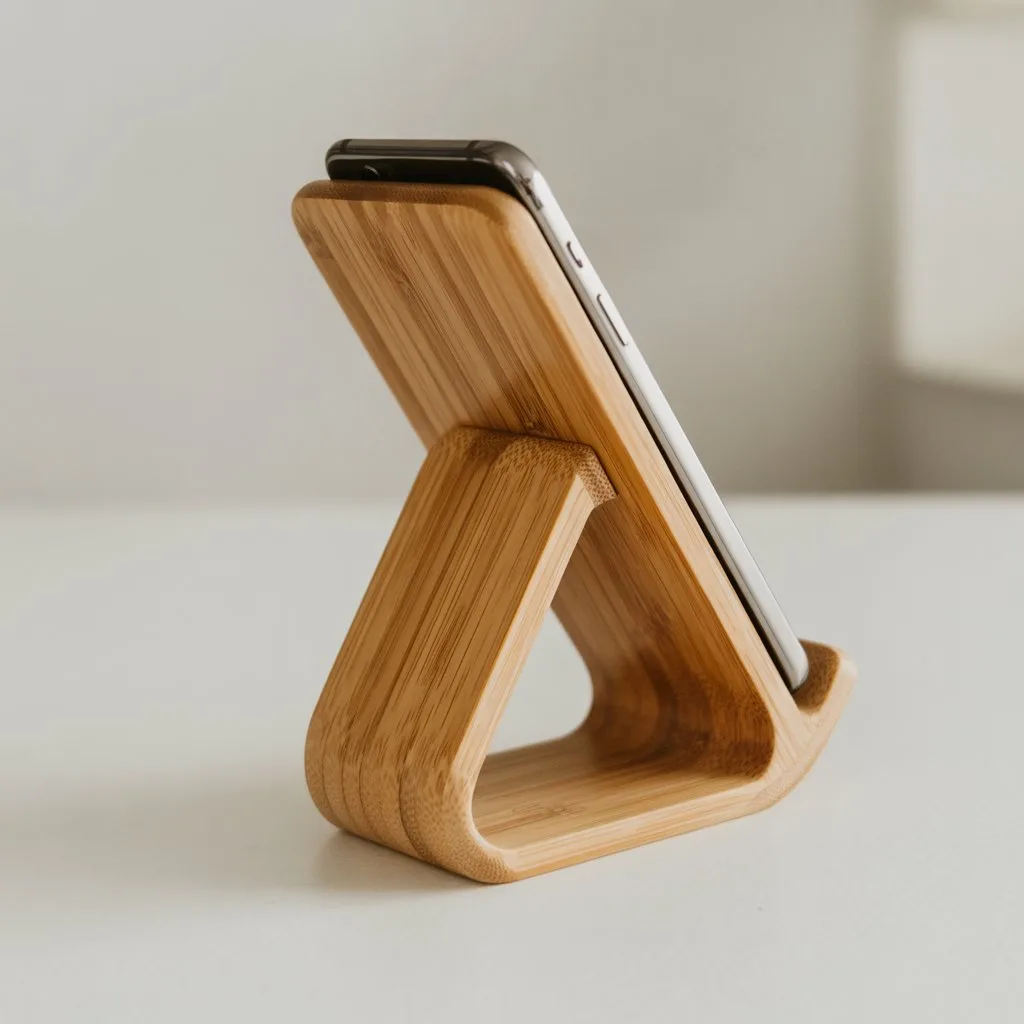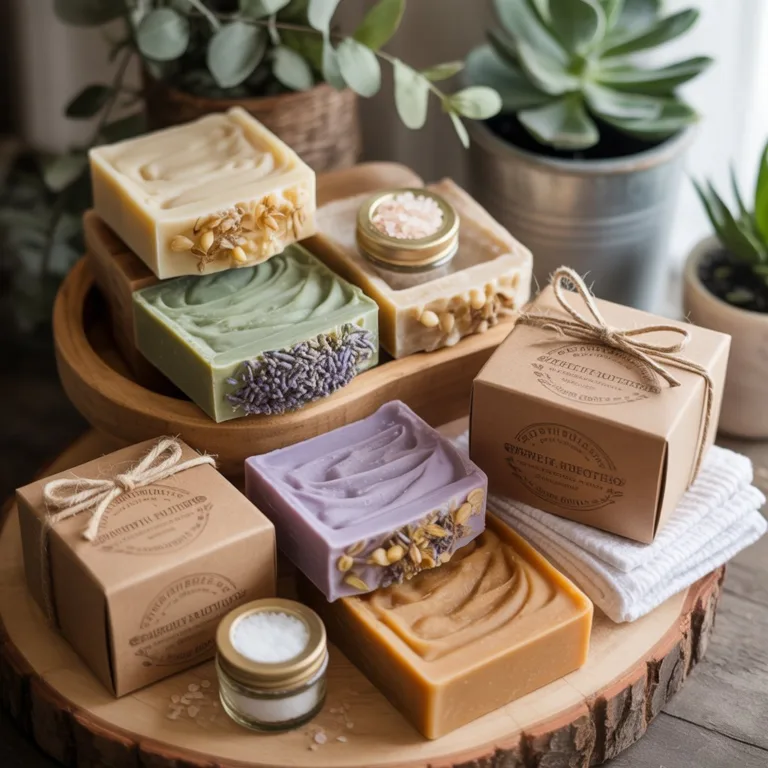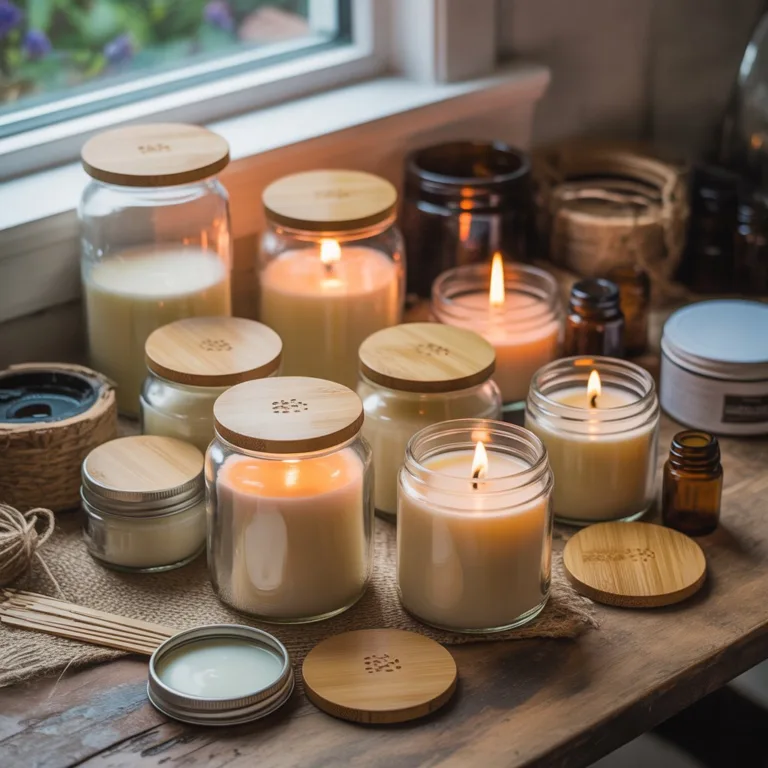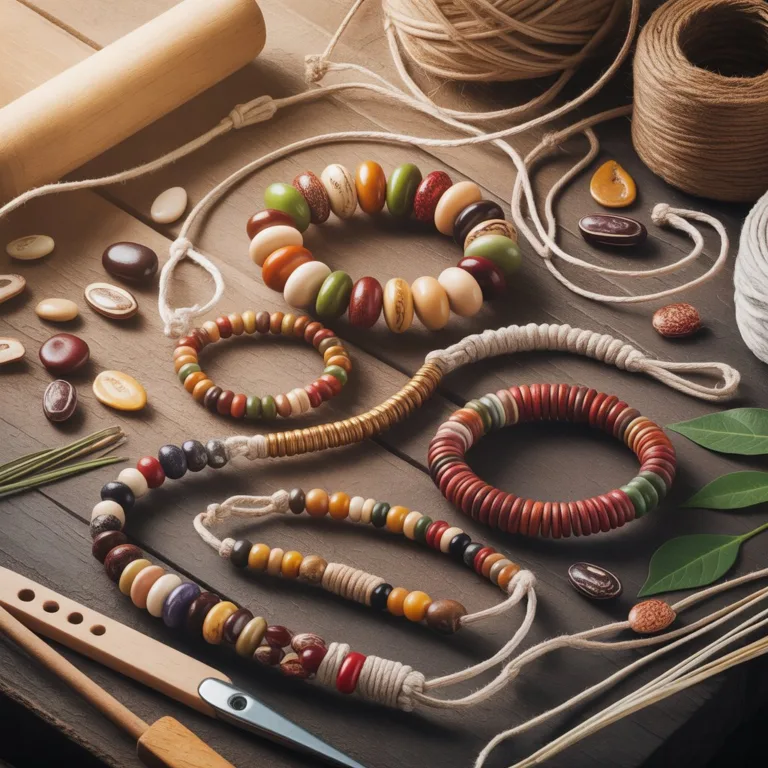Creating a bamboo phone stand is an enjoyable and sustainable DIY project that aligns perfectly with minimalist design principles. Bamboo’s natural strength, smooth texture, and renewable qualities make it an ideal material for eco-friendly crafts. Whether you’re looking to organize your workspace, keep your desk clutter-free, or create a stylish handmade gift, a bamboo phone stand is a functional piece that embodies simplicity and environmental mindfulness.

Why Bamboo Is Perfect for Minimalist Design
Bamboo’s clean lines and warm tones naturally complement minimalist aesthetics. Unlike plastic or metal, it offers a calming, organic feel that fits perfectly into workspaces, bedrooms, or creative studios. Beyond its beauty, bamboo is one of the fastest-growing renewable materials on the planet, making it an excellent alternative to traditional hardwoods.
Its natural strength ensures your phone stand remains durable over time, while its lightweight nature allows easy portability. For anyone embracing sustainability, crafting with bamboo provides both creative satisfaction and environmental responsibility.
Choosing the Right Bamboo Material
Before starting, select bamboo pieces that match your desired design and durability. You can use bamboo rods, flat bamboo planks, or even reclaimed bamboo cutting boards. The choice depends on your available tools and preferred style.
- For a rustic look: use raw bamboo rods cut into sections.
- For a modern finish: flat bamboo sheets or thin boards work best.
- For a recycled project: repurpose bamboo kitchenware or flooring scraps.
Make sure the bamboo is dry, smooth, and free from cracks. If it has rough patches, gently sand the surface to avoid splinters.
Designing a Functional and Minimalist Phone Stand
A minimalist bamboo phone stand focuses on balance, symmetry, and usability. The goal is to keep the design clean while maintaining stability for your device.
You can choose between several design concepts:
- Single-piece angled stand: ideal for quick builds and simple shapes.
- Two-piece interlocking stand: easy to disassemble and travel-friendly.
- Grooved base stand: supports both vertical and horizontal viewing angles.
Sketch your design beforehand, noting the phone’s dimensions and charging port location. This helps ensure the stand supports your device securely without covering essential buttons or connectors.
Cutting and Preparing the Bamboo
For most designs, you’ll need a handsaw or fine-tooth saw to cut bamboo cleanly without splitting. When cutting through hollow bamboo rods, wrap the area with masking tape before sawing to prevent cracks.
If using bamboo boards, measure and mark your cut lines with precision. Sand the edges using fine-grit sandpaper to achieve a smooth, safe finish. For a sleeker aesthetic, round off the corners or add a slight bevel to the front edge.
You can drill a groove or slot into the bamboo to hold your phone upright. A width of 1–1.2 cm is usually suitable for most phones with or without cases. Test the fit before final assembly to ensure stability.
Assembling the Phone Stand
If your design involves multiple pieces, join them using wood glue or small dowels for added strength. For interlocking designs, cut slots into each piece so they fit together snugly without additional hardware.
Ensure that the back support angle is between 65–75 degrees, providing an ideal viewing position for video calls, streaming, or reading. A shallower angle might cause glare, while a steeper one could make the phone slide forward.
Once assembled, wipe away any glue residue and let the stand dry completely before use.
Finishing and Protecting the Bamboo
Bamboo naturally has a beautiful finish, but a light coat of natural oil, beeswax, or eco-friendly varnish will protect it from moisture and wear. This finish enhances the bamboo’s golden color and preserves its texture.
Avoid synthetic sealants that could give a plastic-like shine — the charm of bamboo lies in its organic matte surface. For a modern minimalist touch, you can also burnish the surface lightly using fine sandpaper for a silky feel.
Creative Variations and Uses
Once you master the basic design, you can explore creative variations to fit different lifestyles:
- Adjustable stands with multiple grooves for different viewing angles.
- Foldable travel stands using small hinges for portability.
- Multi-device stands that hold both a phone and a tablet side by side.
- Decorative versions with engraved patterns or minimalist etchings.
These bamboo stands also make thoughtful gifts for eco-conscious friends or as additions to a handmade workspace collection. For added personalization, engrave initials or a short quote that inspires focus and creativity.
Sustainability and Mindful Crafting
Every time you create with bamboo, you’re contributing to a more sustainable approach to design. Unlike plastic stands that end up in landfills, bamboo phone stands are biodegradable, renewable, and long-lasting.
If you’re sourcing bamboo locally, look for certified or reclaimed materials to reduce environmental impact. Avoid using chemical-laden finishes or adhesives that undermine the eco-friendly nature of your project.
Minimalist crafting isn’t only about aesthetics — it’s about intentional living. Each handmade object reflects a mindful decision to choose quality, simplicity, and sustainability over waste and excess.
Bringing It All Together
A DIY bamboo phone stand is more than a functional accessory — it’s a statement of conscious design and purposeful living. By crafting it yourself, you embrace creativity while reducing dependence on mass-produced products.
This project blends practicality with artistry, encouraging you to reconnect with natural materials and your own sense of design. Once complete, your bamboo phone stand will serve as both a useful tool and a daily reminder that small, mindful choices can have lasting impacts on your environment and lifestyle.

Lucas Hartman is a DIY enthusiast and sustainability advocate focused on natural crafts and eco-friendly home décor. With a background in arts and design, Lucas creates tutorials that help families and hobbyists transform everyday recycled or organic materials into beautiful, functional projects.



